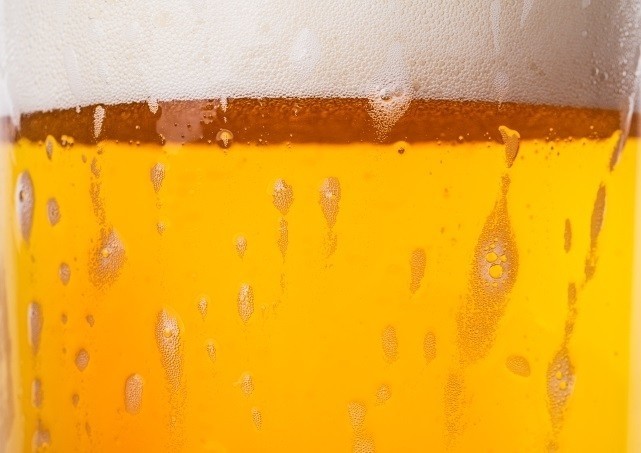AB InBev toasts successful FY2017

Revenue grew by 5.1% in FY17, while revenue per hectolitre was up 5.1%. Full year net profits were up 64%.
AB InBev’s key global brands - Budweiser, Stella Artois and Corona - grew 9.8% over the year.
2017 was a ‘transformative year’ for AB InBev, as it continues to reshape having taken over SABMiller in October 2016.
Core brands, craft and low alcohol
One of AB InBev’s four key priorities is to expand its global brands: and in FY2017 it saw Budweiser revenues up 4.1%, Stella Artois up 12.8% and Corona up 20%. Outside their home markets, the brands grew 16.8% collectively.
“We continue to leverage the potential of our global brands by expanding into new markets such as South Africa, Colombia and Australia,” says the company. “These brands are also addressing consumer demand for premium and super premium choices.”
Another priority for AB InBev is premiumizing its portfolio, particularly through its High End unit that houses the company’s craft and specialty brands.
Meanwhile, AB InBev is seeking to embrace the potential of no and low alcohol beers, saying these products will help develop the beer category. An increase in the selection of no and low alcohol beers will help the company respond to consumers’ desires for more balanced lifestyles, it adds.
Brazil bounces back
Last year’s results were impacted by a ‘challenging environment’ in Brazil, with beer volumes down in the country. This year beer volumes were up 0.7% against a backdrop of overall declines for the industry.
“The macroeconomic climate in Brazil remains volatile, and we expect a difficult first quarter as a result of an earlier Carnival and poor weather given lower temperatures and high rainfall,” warns AB InBev.
“However, we believe our business is in a much better position today, with a healthy portfolio of brands, including our premium brands, and we have the commercial plans in place to further accelerate EBITDA growth, even if industry headwinds persist.”
US struggles
However, in the US, AB InBev says it is ‘not satisfied’ with its market share performance and is focusing on expanding and reshaping its portfolio to meet wider occasions and more consumer preferences.
While sales to retailers in the US decreased by 1.3% across the industry, this figure was 3% for AB InBev.
In the premium and premium light segments, AB InBev admitted it ‘underperformed the industry’, with Budweiser and Bud Light losing market share.
However, its Above Premium portfolio has a strong year: with Michelob Ultra volumes up double digit and the new Pure Gold variety - brewed with organic grains - launched this week.
SABMiller combination
AB InBev says its combination with SABMiller has 'exceeded expectations', with cost synergies not only greater than expected but also being delivered at a faster pace than predicted.
At a glance: AB InBev FY2017
At a glance: AB InBev FY2017
Revenue: Revenue grew by 5.1% in FY17, with revenue per hl growth of 5.1%.
Profit: 64% increase in full year net profits
Volume: Total volumes grew by 0.2% in FY17, with own beer volumes up 0.6% and non-beer volumes down 3.1%.
Big brands: Combined revenues of Budweiser, Stella Artois and Corona, grew by 9.8%
Mexico: Volumes up mid-single digits, revenues up high single digits, and revenue per hl growth of mid-single digits.
Colombia: Revenue grew 4.5% with revenue per hl up 7.3%, benefitting from rapid growth of Corona. Non-beer volumes grew 10.3%, while beer volumes declined by 4.2%.
China: Revenue grew 7.3% in FY17 with continued premiumization driving 6.2% revenue per hl growth and volume growth of 1.1%. Market share grew in an industry that declined by an estimated 0.9% for FY17.
Europe: Western Europe performed ‘very well’, growing top-line by high single digits and achieving market share gains in most markets. In Eastern Europe, however, revenues declined by low single digits, impacted by the PET ban in Russia.
Australia: Revenue grew by low double-digits. AB InBev’s craft portfolio was expanded through the introduction of Goose Island and the acquisitions of 4 Pines and Pirate Life.






